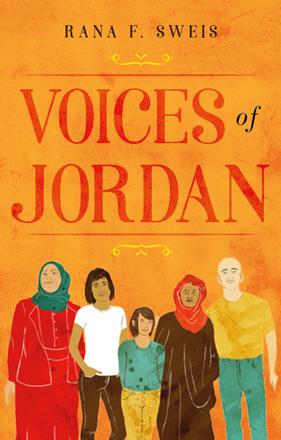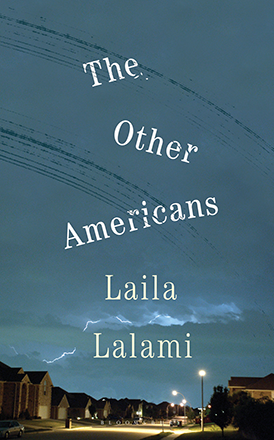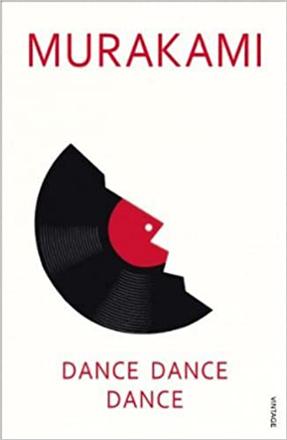You are here
The lives of 10 ‘ordinary people’
By Sally Bland - Jan 27,2019 - Last updated at Jan 28,2019

Voices of Jordan
Rana F. Sweis
London: Hurst and Co., 2018
Pp. 179
By telling the stories of 10 “ordinary people”, Jordanian journalist Rana Sweis shows the demographic diversity of the origins, talents, life styles and dreams that make up present-day Jordan. Like good journalists should, she also digs a little deeper to reveal a subtext: “The stories in this book are not entirely separate from each other; they are more like conversations taking place in different rooms of the same building… Although my main aim was to write for readers who live outside the region, the fact is that Jordanian lives do not often overlap, leaving us in the dark about each other” (p. 2-3).
“Voices of Jordan” is a story of transitions, both for individuals and for society as a whole. Based on extensive interviews, Sweis aims to show how people are coping with the aftermath of the so-called Arab Spring, as well as with the abrupt cultural, social and economic transitions that are under way with rapid urbanisation and technological advances. One of many results of these transitions is that: “Young Jordanians feel split between family obligations and their newfound individualism and ambition” (p. 5).
Most of the interviewees are engaged in a kind of juggling act, trying to fulfil different obligations and needs. Overall, one is struck by their great patience and determination in pursuing their various goals.
Some of those interviewed, like the unconventional political cartoonist Omar Al Abdallat, were inspired by the hopes and new-found freedoms generated by the Arab uprisings, only to be disappointed by increasing restrictions imposed in the aftermath. But Omar keeps on drawing, creating a new character that “represents a generation of intelligent, young, unemployed Arabs whose hopes and dreams are dashed because of their harsh environment but who use sarcasm as a way to deal with their uncertain future” (p. 11).
Others experienced only the negative side of the uprisings, such as Amal Sawaan from Homs, who was displaced eight times before crossing into Jordan, more than qualifying for the title of survivor. Still others hardly mention the Arab Spring, being absorbed with how to provide for their families. Via these personal stories, major political and socioeconomic issues are introduced, from the limitations imposed by a stagnating economy to government credibility.
A few of the stories are about well-known personalities, like Wafa Bani Mustafa, who became Jordan’s youngest member of parliament in 2010, and who boasts of the diversity of her constituency in Jerash, composed of Chechens, Kurds, Christians, Circassians, Palestinians, farmers, bedouin and others. The range of issues she must address as an MP gives an idea of the problems Jordanians face, from the high cost of medical care to the mismatch between the educational system and the job market, and the disparity between male and female employment levels.
Others are mostly known in their own community, like the Salafist Naser Farhan and his son in Russeifeh, an environment which Sweis feels goes a long way towards explaining who they are. Another chapter relates the life and thinking of Jeries Akroush, a manager in the civil service in Fuheis, who upgrades his family’s standard of living with his successful afternoon real estate business. Sweis mainly chooses subjects from economically-active generations, or even younger, such as Lina Assad, whom she dubs ‘the rebel reader’, a precocious teenager who lives in Hashmia Shamali, and is connected to other youth throughout the region via the Internet. To round off, there are chapters on Sultan Al Maznah of Wadi Rum, fashionista Shirene Rifai in West Amman, Jamal Shultaf who immigrates to Chicago and Sawsan Maani, who stubbornly pursues her dream of giving birth to a son, having seven daughters in the process, and doing a lot of other things besides.
Each chapter introduces one of those interviewed in the context of their family and place of residence, so the stories of 10 mushroom into many more. The book also chronicles the changes that have occurred in many Amman neighbourhoods, from Rainbow Street to Jabal Luweibdeh, and in towns outside Amman. None of these people are ‘typical’, yet all are a part of Jordan today.
This book is a delight to read because of the sensitivity, sincerity and pure grace with which Sweis describes the character, lifestyle, dreams and disappointments of those she interviewed. It is also very current. While the book is light on historical background, it is heavy on the human side, going into depth about current issues and how they affect people’s daily lives. Sweis has succeeded in bringing the voices of ordinary people to the outside world: “By entering the living rooms of 10 ordinary people living in Jordan, this book offers an insight into their everyday lives — their struggles, their dreams and their perspectives on the region’s deeper problems” (p. 176).
“Voices of Jordan” can be found at Books@cafe and Readers.
Related Articles
AMMAN — Jordanian journalist Rana Sweis on Wednesday discussed her latest book, “Voices of Jordan”, with an audience of around 40 people at
Dance Dance DanceHaruki MurakamiTranslated from the Japanese by Alfred BirnbaumLondon: Vintage, 2003, 393 pp This is Murakami’s sixth n

















